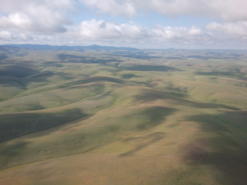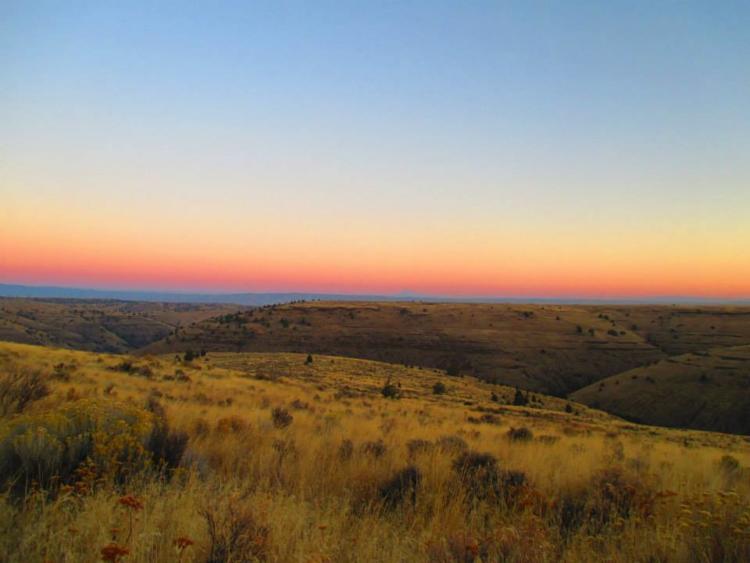
The northern boundary of this COA follows Buck Hollow Creek, with the remaining boundaries connecting to the Lower Deschutes River (COA ID 148) and Lawrence Grasslands (COA ID 152) COAs.
COA ID: 151
Ecoregions
Strategy Habitats
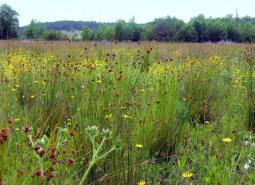
Grasslands
Grasslands include a variety of upland grass-dominated habitats, such as upland prairies, coastal bluffs, and montane grasslands.
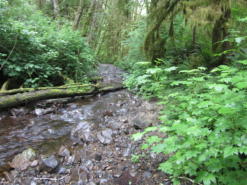
Flowing Water and Riparian Habitats
Flowing Water and Riparian Habitats include all naturally occurring flowing freshwater streams and rivers throughout Oregon as well as the adjacent riparian habitat.

Sagebrush Habitats
Sagebrush habitats include all sagebrush steppe- and shrubland-dominated communities found east of the Cascade Mountains.
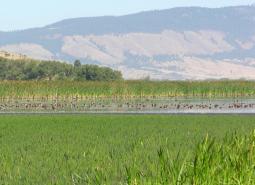
Wetlands
Wetlands are covered with water during all or part of the year. Permanently wet habitats include backwater sloughs, oxbow lakes, and marshes, while seasonally wet habitats include seasonal ponds, vernal pools, and wet prairies.
Strategy Species

Brewer’s Sparrow (Observed)
Spizella breweri breweri
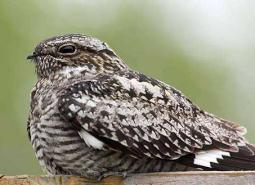
Common Nighthawk (Observed)
Chordeiles minor
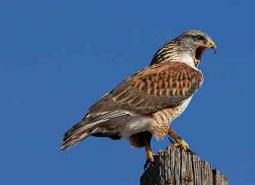
Ferruginous Hawk (Observed)
Buteo regalis

Grasshopper Sparrow (Observed)
Ammodramus savannarum perpallidus
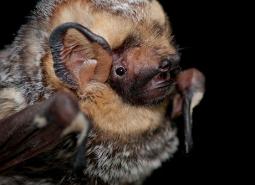
Hoary Bat (Modeled Habitat)
Lasiurus cinereus
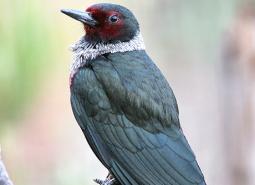
Lewis’s Woodpecker (Observed)
Melanerpes lewis
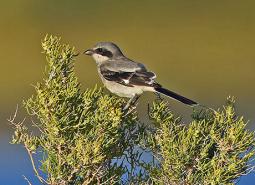
Loggerhead Shrike (Observed)
Lanius ludovicianus
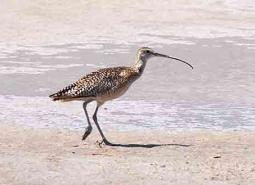
Long-billed Curlew (Modeled Habitat)
Numenius americanus
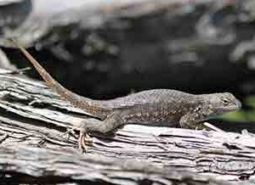
Northern Sagebrush Lizard (Modeled Habitat)
Sceloporus graciosus graciosus

Pallid Bat (Modeled Habitat)
Antrozous pallidus
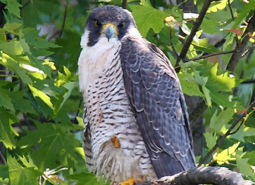
Peregrine Falcon (Modeled Habitat)
Falco peregrinus anatum
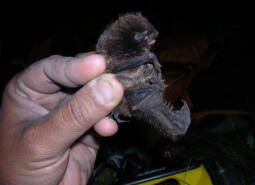
Silver-haired Bat (Modeled Habitat)
Lasionycteris noctivagans
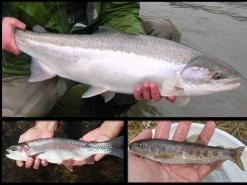
Steelhead / Rainbow / Redband Trout (Documented)
Oncorhynchus mykiss ssp
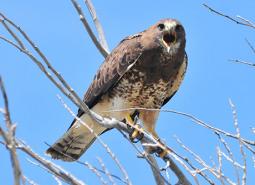
Swainson’s Hawk (Observed)
Buteo swainsoni
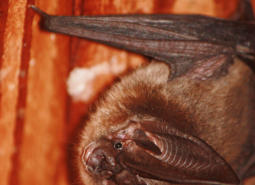
Townsend’s Big-eared Bat (Modeled Habitat)
Corynorhinus townsendii
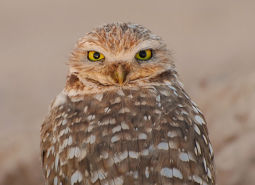
Burrowing Owl (Modeled Habitat)
Athene cunicularia hypugaea
